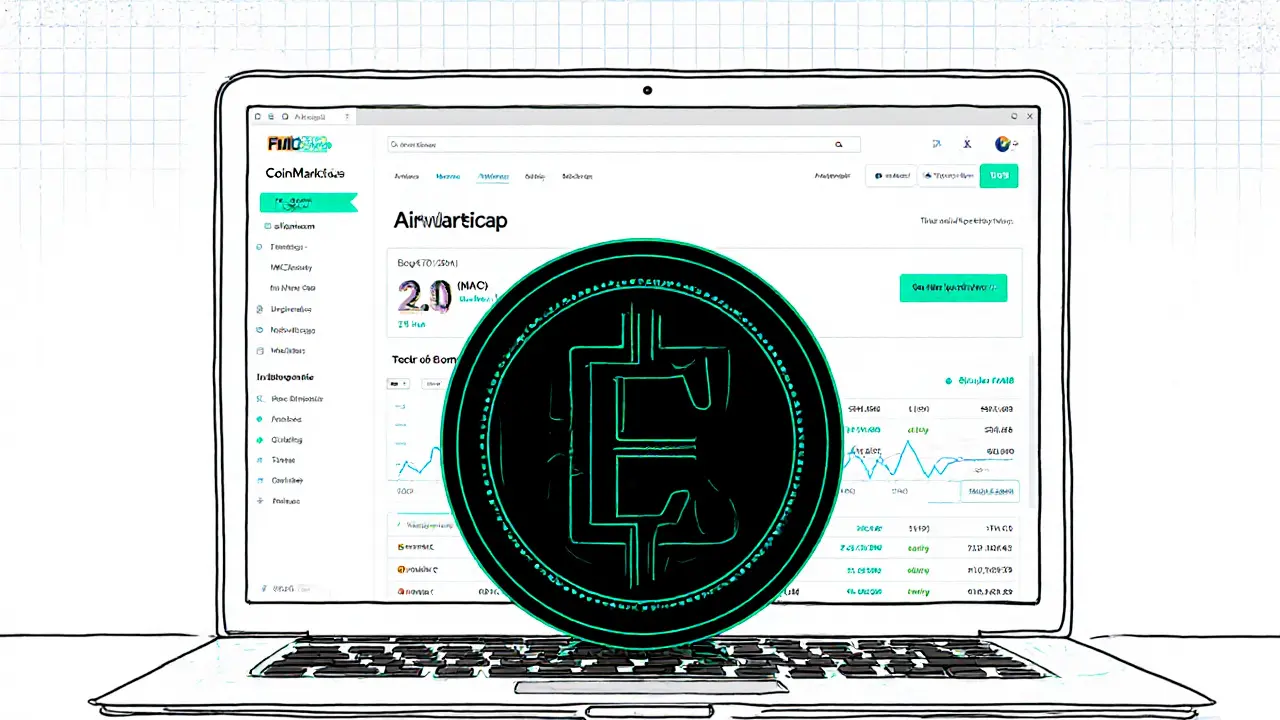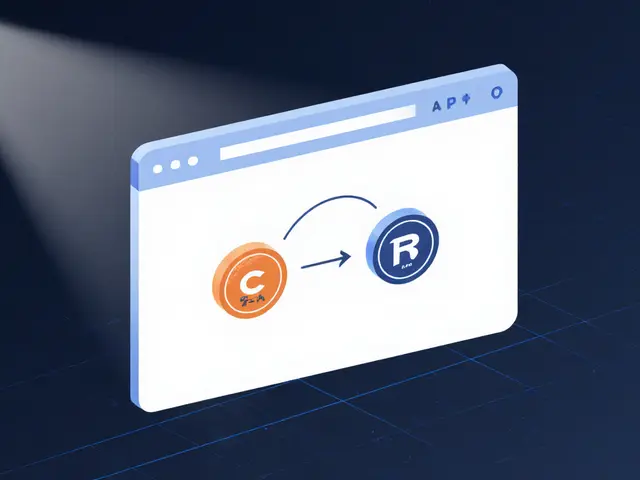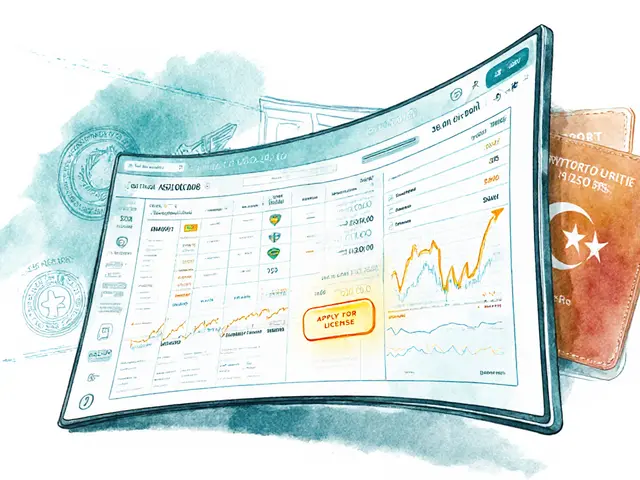DeFi Lending: What It Is and Why It Matters
When diving into DeFi lending, a set of decentralized finance services that let users borrow or lend crypto assets without a traditional bank. Also known as crypto lending, it runs on public blockchains using smart contracts, self‑executing code that enforces loan terms automatically. The ecosystem also includes Liquidity mining, earning extra tokens by providing assets to lending pools and Yield farming, strategies that chase the highest return on supplied capital. Because many protocols accept stablecoins, coins pegged to a fiat value that keep volatility low, borrowers can lock in predictable interest rates. Platforms such as Aave, Compound and Maker have attracted billions of dollars in total value locked, proving that DeFi lending can scale without a central authority. In short, DeFi lending combines these pieces to create a permission‑less credit market that works 24/7 for anyone with an internet connection.
How the Pieces Fit Together
DeFi lending encompasses collateralized loans, meaning users must lock up crypto as security before they can draw a loan. This requirement links directly to yield farming: lenders who supply liquidity earn extra token rewards, which boosts the pool’s size and lets borrowers access larger amounts. Stablecoins act as a bridge between volatility‑prone assets and reliable repayment schedules, reducing risk for both sides. Smart contracts enforce everything—from interest calculations to liquidation triggers—so no middleman is needed. Interest rates are often algorithmic, adjusting based on supply‑demand balances, which means rates can swing dramatically within minutes. Savvy lenders choose whether to provide stablecoins for lower risk or volatile assets for higher APY, while borrowers decide how much collateral to over‑collateralize to avoid liquidation. The more participants engage in liquidity mining, the deeper the pool becomes, and the cheaper the borrowing rates get. Risk management tools like price oracles, liquidation bots, and insurance protocols (e.g., Nexus Mutual) add extra safety layers, making the whole system more resilient.
These dynamics have sparked a boom in platforms that let you earn passive income, refinance debts, or even build crypto‑backed credit cards. Regulators are starting to look at how decentralized loan agreements fit into existing financial rules, while developers are rolling out cross‑chain bridges that let assets move between Ethereum, Solana, and newer layers such as Base or zkSync. New trends include AI‑driven underwriting models that assess borrower risk in real time, and NFT‑backed loans where a digital collector can unlock liquidity without selling the artwork. As the space matures, we see more institutional players offering DeFi‑style products, blurring the line between traditional finance and decentralized protocols. Below you’ll find a curated mix of articles that break down the tech, compare top lending platforms, show how to assess risk, and walk you through step‑by‑step tutorials. Whether you’re hunting the best yield, learning to secure a loan, or just curious about the future of borrowing, the collection gives you practical insight to act on right now.
Flux Protocol (FLUX) Airdrop on CoinMarketCap - Claim Guide & Market Impact
Learn how to claim the Flux Protocol airdrop on CoinMarketCap, its market impact, eligibility steps, and what the FLUX token could mean for your DeFi portfolio.
View MoreSupremeX (SXC) Airdrop Details: How to Claim, Tokenomics & Platform Overview
Learn how to claim the SupremeX (SXC) airdrop, understand its tokenomics, compare it to major DeFi lenders, and see the risks before you dive in.
View More





